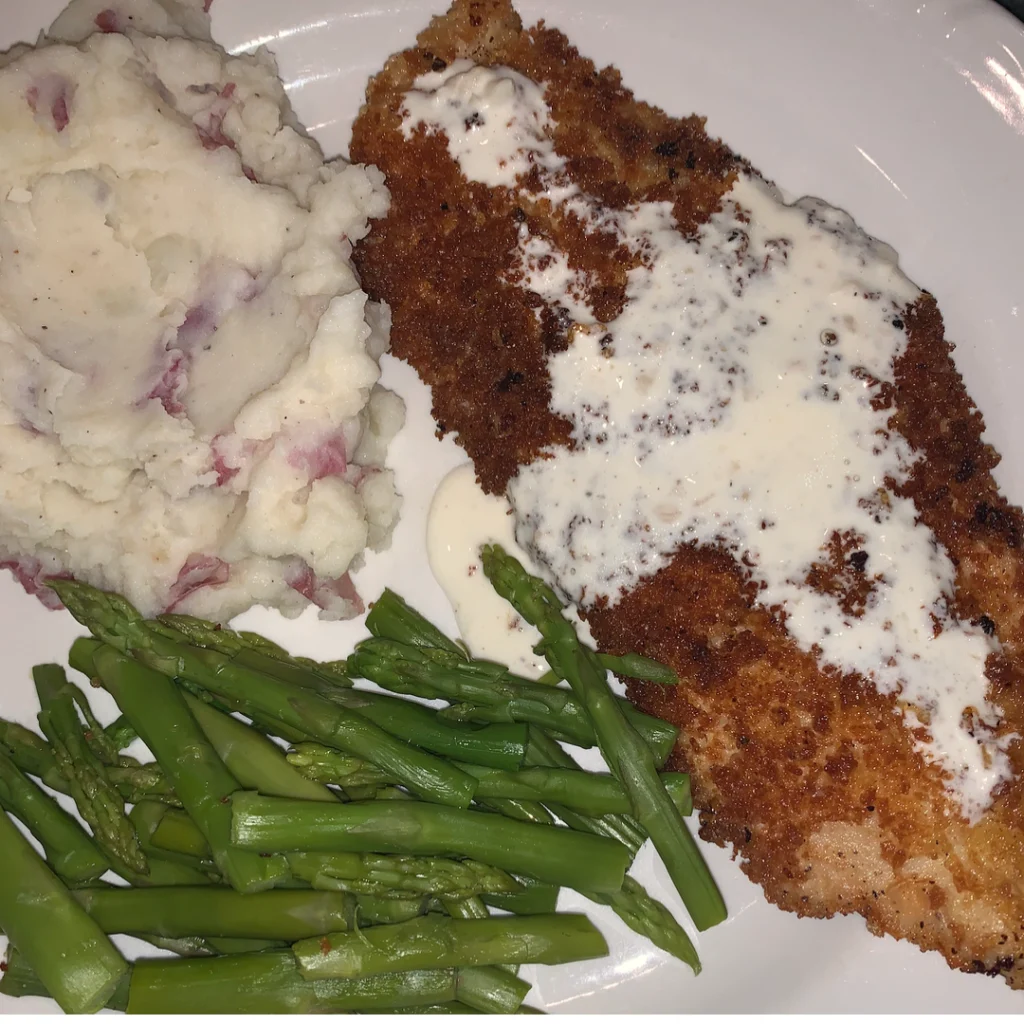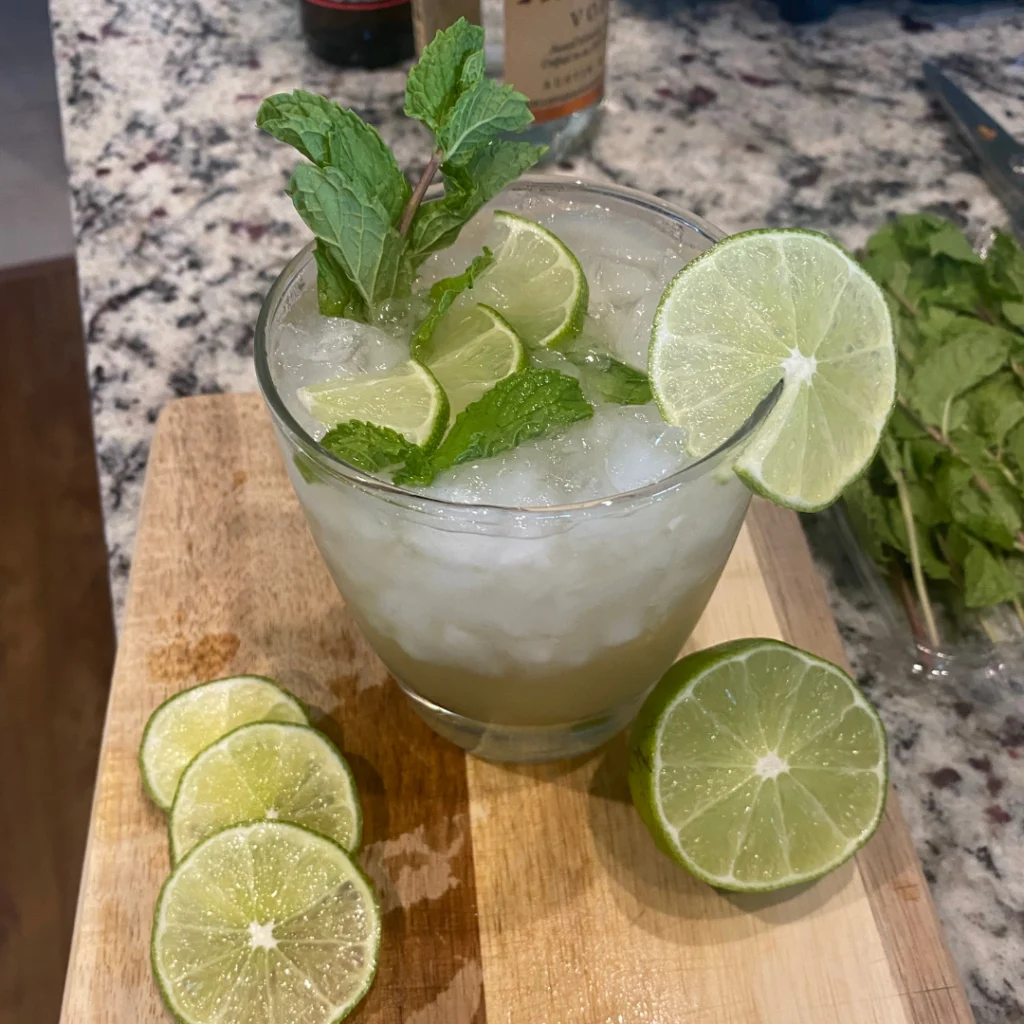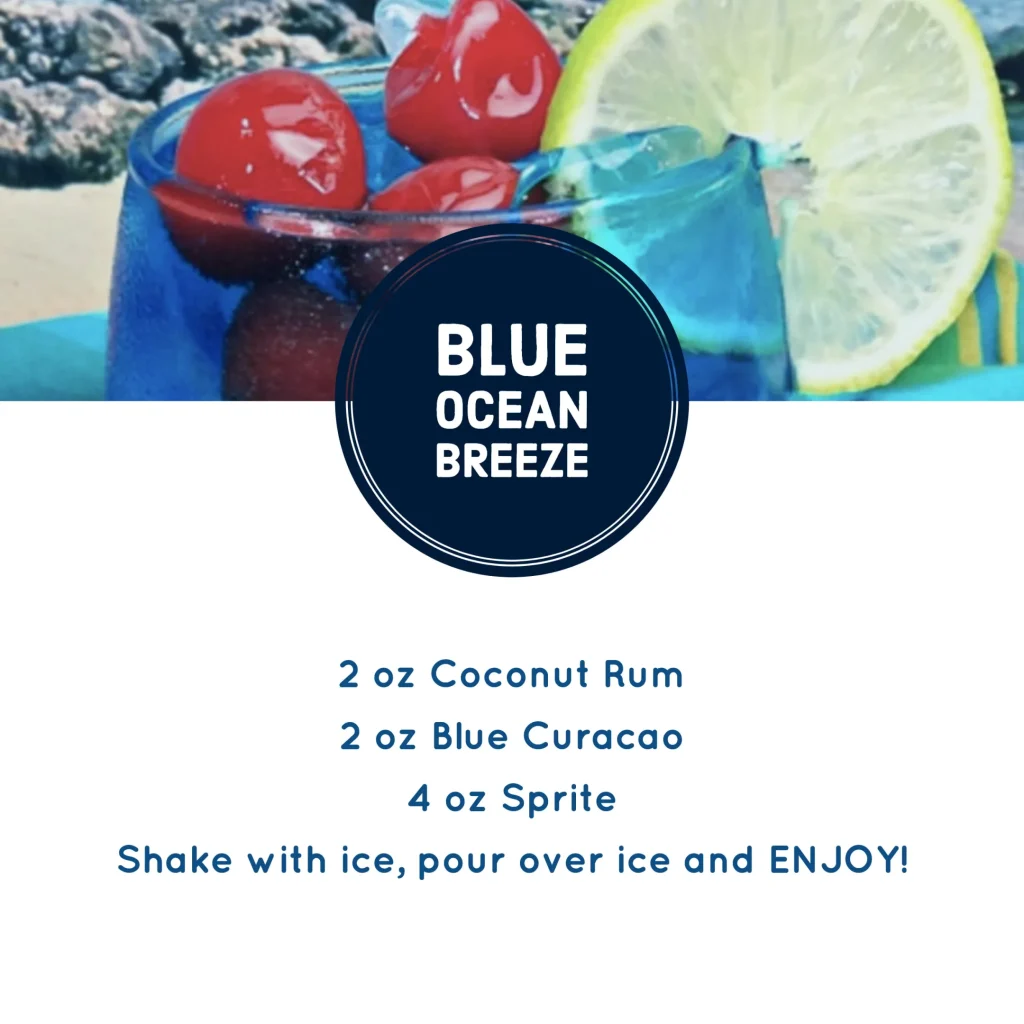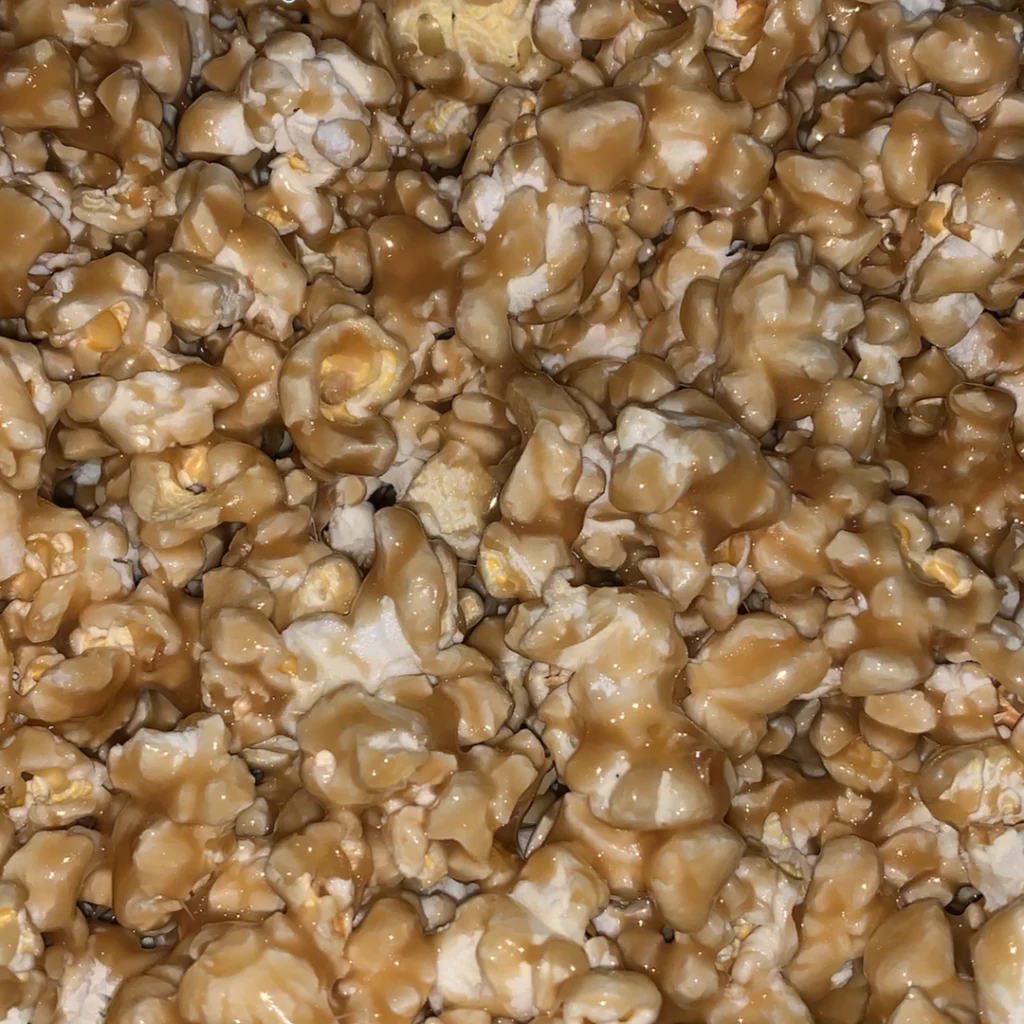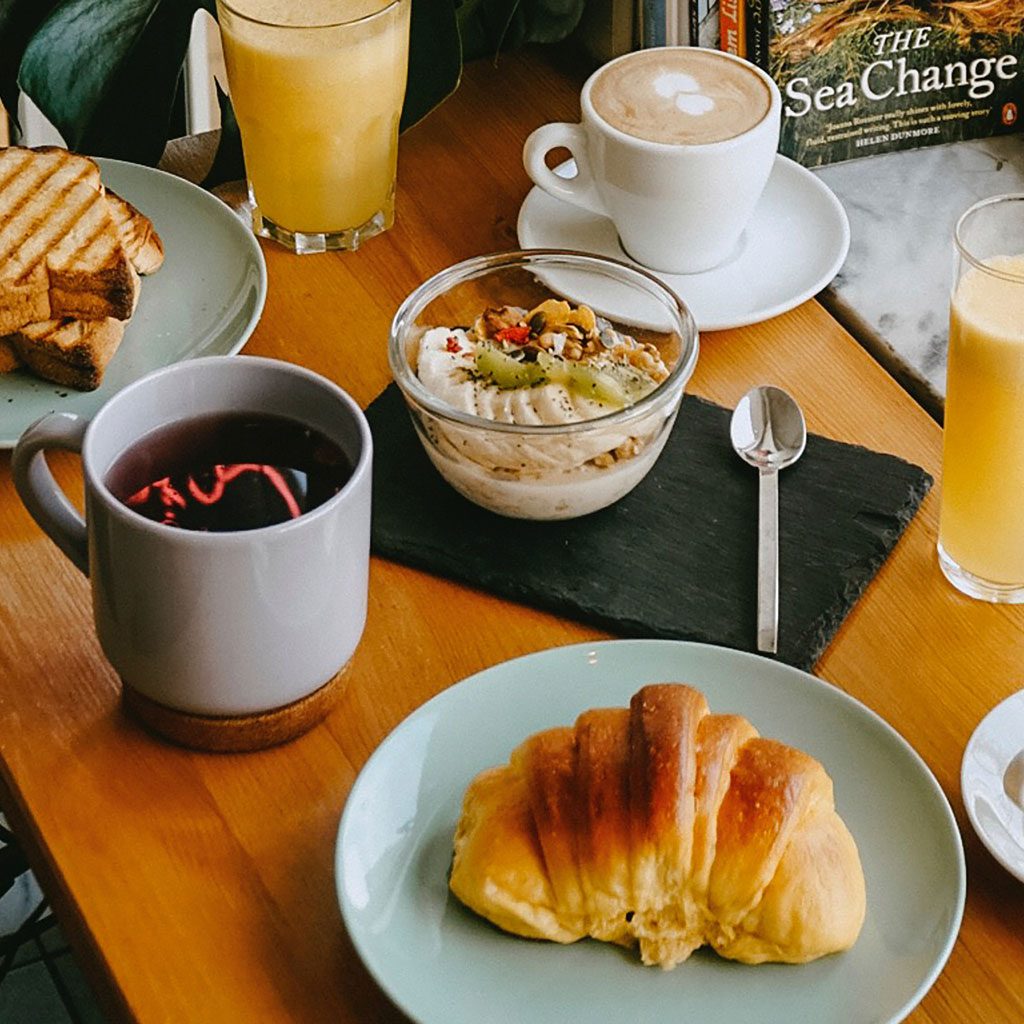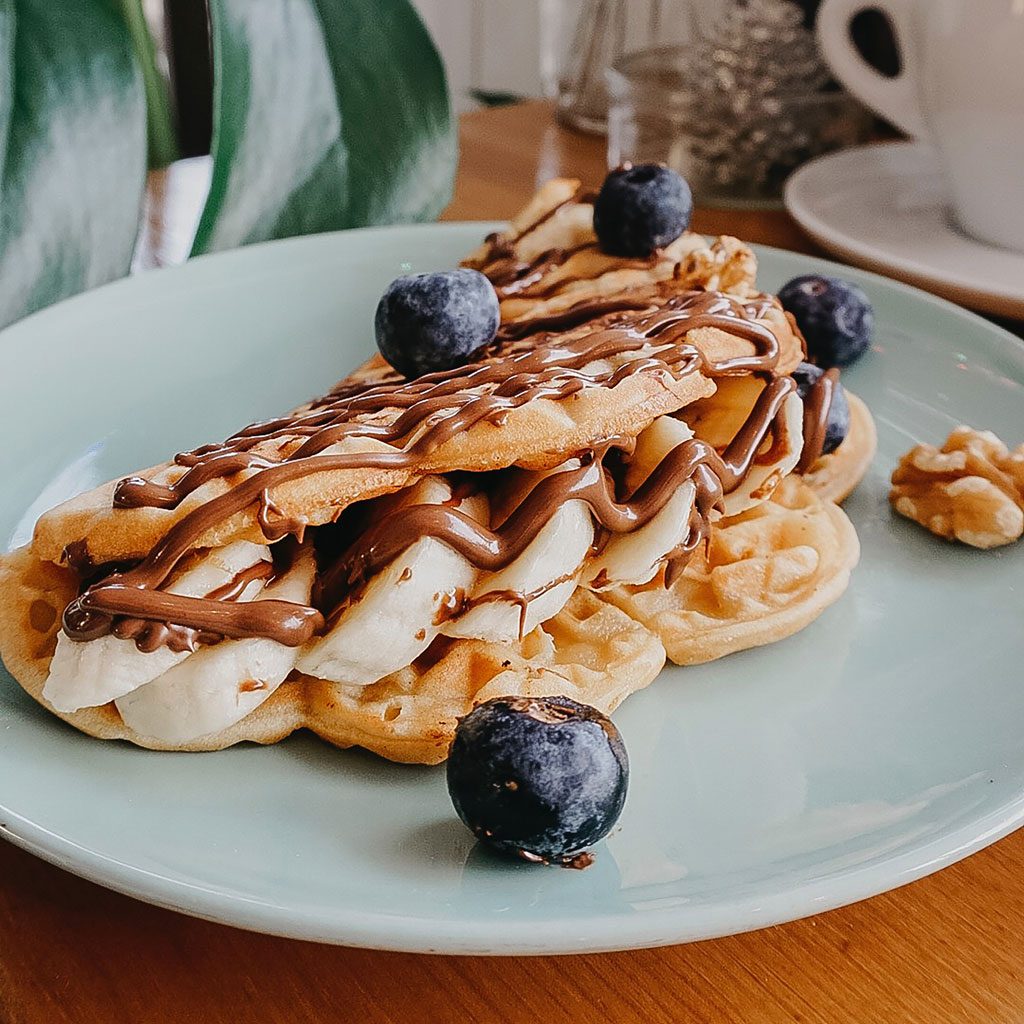Choose a niche:
Decide on your food blog’s specific theme or focus. It could be anything from vegan and healthy recipes to baking or international cuisine. Having a niche will help you target a specific audience. Mine is about family cooking.

Select a blogging platform:
Choose a content management system (CMS) that suits your needs. Popular options include WordPress, Blogger, and Wix. Consider each platform’s features, customization options, and ease of use. I have only used WordPress for my website and love it because it is user-friendly, and there are so many videos and tutorials online for anything you need. Very easy to figure out.
Pick a domain name:
Select a memorable and relevant domain name for your food blog. Ideally, it should reflect your blog’s niche and be easy for readers to remember. Ensure the domain is available and purchase it from a domain registrar.
Set up hosting:
Choose a hosting provider to store your blog’s files and ensure it is accessible to visitors. Look for a reliable and affordable hosting service that suits your needs. I use BlueHost and love their hosting and how easy it is to use. But most of all, their customer service
Customize your blog’s design:

Use the tools provided by your blogging platform to customize the design and layout of your blog. Select a theme or template that aligns with your brand and is visually appealing. Make sure it is mobile-friendly, as many readers will access your blog from their smartphones.
Install essential plugins:
Add relevant plugins to enhance the functionality of your blog. Some could include plugins for recipe cards, social sharing buttons, SEO optimization, and comment sections. Customize each plugin’s settings to align with your preferences.
Here is a list of the plugins that I use:
- Akismet Anti-Spam: Akismet is a valuable tool that effectively manages spam on my website.
- Jetpack Boost: My site can optimize and run faster, enhancing user experience.
- Jet Pack Social: I appreciate the convenience provided by this plugin, as it allows me to easily share my blog posts directly to various social media platforms.
- Milotree pop-up: This feature helps me engage with followers on Pinterest and Instagram through eye-catching pop-ups.
- Tasty Pins: Tasty Pins enables visitors to pin pictures from my website effortlessly.
- Tasty recipes: Tasty Recipes offers a clean and elegant method for showcasing recipe cards on my site.
- Tasty Round-ups: I use Tasty Round-ups when creating round-ups for my posts. It proves to be incredibly useful and time-saving.
- Bluehost: As someone who lacks technical expertise, I rely on the Bluehost Plugin to host my website. Anytime I have had issues with my website, nine times out of ten, they have been able to help me fix it with a simple phone call. I appreciate its exceptional customer service.
- WP Code Lite: WP Code Lite allows me to seamlessly add code to my website whenever necessary, enhancing its functionality. Mail Chimp, collecting emails from visitors, becomes effortless and efficient.
Create high-quality content:
Start writing and publishing engaging and informative content. Plan out your blog posts in advance, and ensure your content is well-researched, well-written, and includes appealing food photography. Include clear instructions, tips, and personal anecdotes to make your posts more relatable. My favorite design app is Canva. It has everything, is so cheap and so much easier to use than other apps out there.
Honestly, I did not start with excellent content because I needed the tools, but as time has passed, I have gotten more creative and learned how to take better pictures. Don’t stress too much with this or worry about spending money on the perfect camera or backdrops; start. You can always go back and change it to something better. Just do your best and don’t stress!

Promote your blog:
Leverage social media platforms like Instagram, Pinterest, and Facebook to share your blog posts, engage with your audience, and build a loyal following. Network with other food bloggers, collaborate on projects, and participate in online food communities to expand your reach. My favorites are Pinterest and Instagram for different reasons.
Many people need to realize that Pinterest is a search engine, and because of that, it can take some pins up to a year to go viral. I post regularly and a few varieties for the same blog post to see which goes better. Where as on Instagram, it will usually go viral within 48 hours. For each one I use a scheduler through the tailwind app. This by far is the best scheduler out there in my opinion.
Optimize for search engines:

Improve your blog’s visibility on search engines by implementing search engine optimization (SEO) techniques. Optimize your blog’s meta tags, use relevant keywords in your content, create internal and external links, and ensure your site is user-friendly.
Engage with your audience:
Interact with your readers through comments, social media, and email newsletters. Respond to comments and queries promptly, and consider creating a newsletter to share exclusive content and updates with your subscribers.
Remember, establishing a successful food blog takes time and effort. Consistently create valuable content, build relationships with your audience, and adapt to the changing trends to make your food blog stand out.





